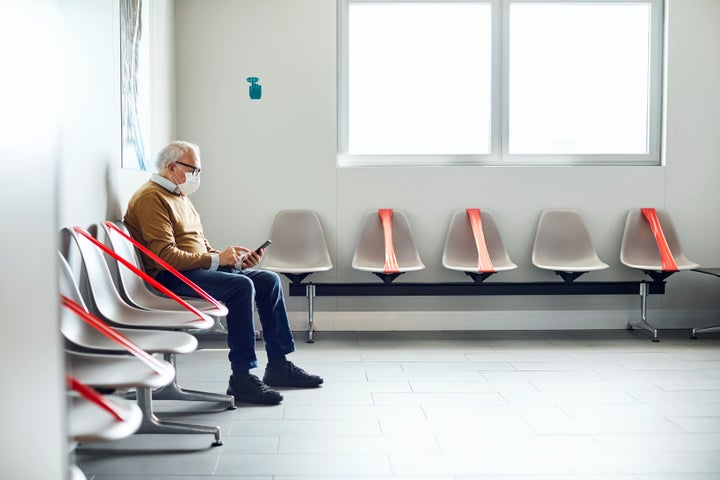
Some of the poorest people around the country are going to Accident and Emergency hundreds of times a year, according to the British Red Cross.
Vulnerable people are heading to A&E because they feel they have nowhere else to turn, with some even attending more than 300 times a year, costing what the charity estimates at £2.5bn a year for the NHS.
On average, five or more trips to the emergency services is considered high intensity use of A&E.
Research undertaken by the charity found that this group, which account for less than 1% of the English population, account for 16% of all A&E attendance, 29% of all ambulance journeys and 26% of all hospital admissions in England.
So what’s going on?
The Red Cross says the reasons for such high figures vary. A spokesperson tells Huffpost UK: “The reasons people go are more complex – loneliness/isolation is one of the factors. Also deprivation, and other things. It’s important to say also that people who attend A&E frequently are more likely to need hospital admittance than the general population – they are ill.”
People in this high attendance group are more likely to live in the most deprived areas and have physical symptoms that require admission to hospital but are often dealing with sudden life changes such as job loss, relationship breakdown, or grief combined with social and economic challenges.
Housing insecurity, loneliness, and mental health issues are also common factors. “A fact that didn’t get a lot of focus before is that people who go A&E often also move home 25% more than general population – there are stressors associated with frequent home moves,” the spokesperson told HuffPost UK.
The mortality rate among people aged between 30 and 49 in this group is also 7.5 times higher than among this age group in the general population.
People who frequently attend A&E often feel unheard, leading to dissatisfaction and disengagement with health services more generally.

Zach*, a young father in his 30s, struggled to cope when his son became ill. A combination of his own difficult childhood, worries about his son’s health and heavy drinking meant he hit ‘rock bottom’ and he was often in A&E.
He spent time in prison and worked to reduce his drinking and establish a better mental health regime. However, on release from prison, he lacked a support network and began attending A&E again.
“I didn’t have the mental health support I’d had in prison. I was discharged and didn’t know what to do with myself,” he said.
“People in hospital did everything they could do; I was just all over the place and didn’t know what to do with myself. My mental health wasn’t in the best place. I saw these unwell people and I was sitting there feeling like I was in the wrong place. I should have said everything that was going on.”
Eventually Zach was able to benefit from something called a High Intensity Use service – catered to those who frequently visit hospitals. These services work with people to understand the reasons behind repeat visits to A&E and provide personalised support.
Currently there are around 100 High Intensity Use services in England run by the NHS and voluntary sector, covering different health settings, including mental health, A&Es, primary and secondary care. However, not all hospitals have access to a dedicated service.
When Zach was put in touch with a High Intensity Use service, he was given a point of contact he could talk to, who has helped him sort out his benefits and directed him to a local food bank. He is now in a better situation, and is trying to keep himself busy. “For other people in situations like mine, I want them to have someone to talk to,” he said.
The British Red Cross is now campaigning for more High Intensity Use services to help more people like Zach. They also want improved access to community-based support, to prevent people reaching crisis point.
*Names have been changed.